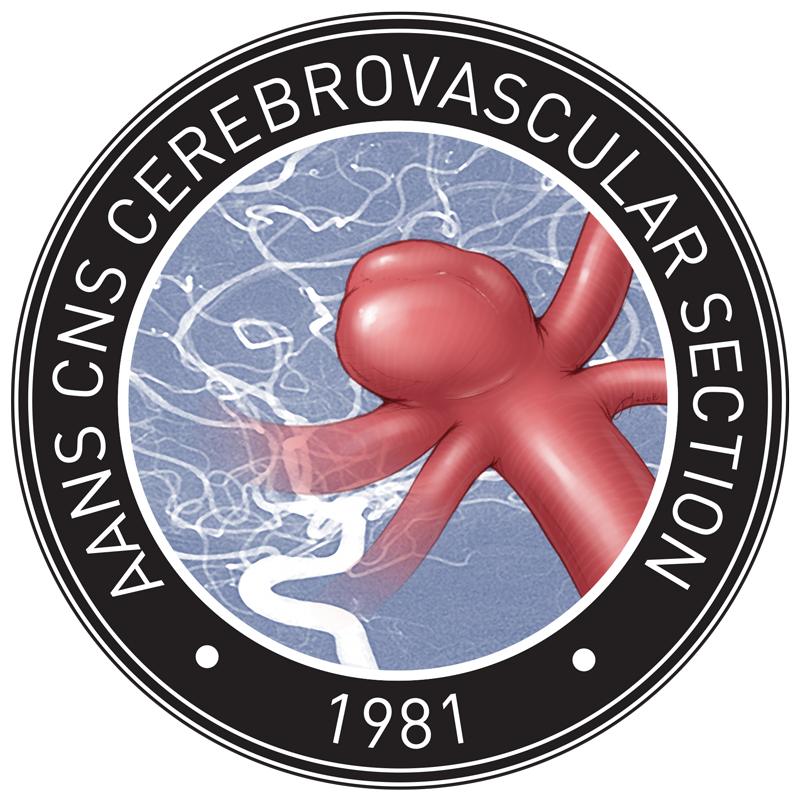Spinal dural and spinal epidural arteriovenous fistula: Angiographic and clinical characteristics

In this article recently published in Stroke the authors analyzed 168 patients with spinal dural and epidural arteriovenous fistulas from 31 centers. Six readers analyzed the angioarchitecture. Approximately half of the epidural fistulas were incorrectly diagnosed as dural fistulas at the individual centers highlighting the need to establish and publish distinguishing features.
Dural fistuals are more commonly located in the thoracic spine whereas epidural fistulas have a propensity for the lumbar spine and are associated with a history of spinal injury or surgery. Both are more common in males and present with myelopathy. Spinal dural fistulas have their shunt point medial to the medial interpedicle line and shunt into the bridging vein (runs apart from the nerve root) or radiculomedullary vein. They are supplied by meningeal branches of the radiculomeningeal artery. Epidural fistulas form epidural venous pouches located in the epidural space and shunt into the perimedullary vein, paravertebral veins, or both. They are supplied by epidural arteries, usually the dorsal somatic branch.
The distinction is also relevant for treatment. Whereas dural fistulas are favorable for open surgery and intradural division of the draining vein, epidural fistulas are better served by endovascular embolization. Feeders to epidural fistulas also tend to be straight and more easily accessible using the endovascular route.
